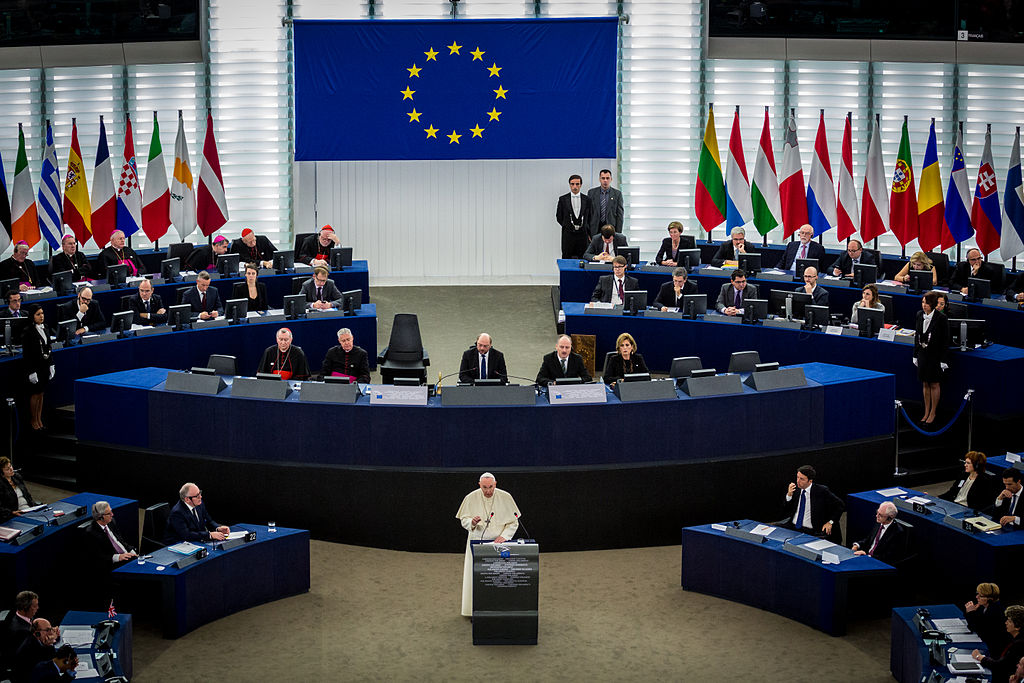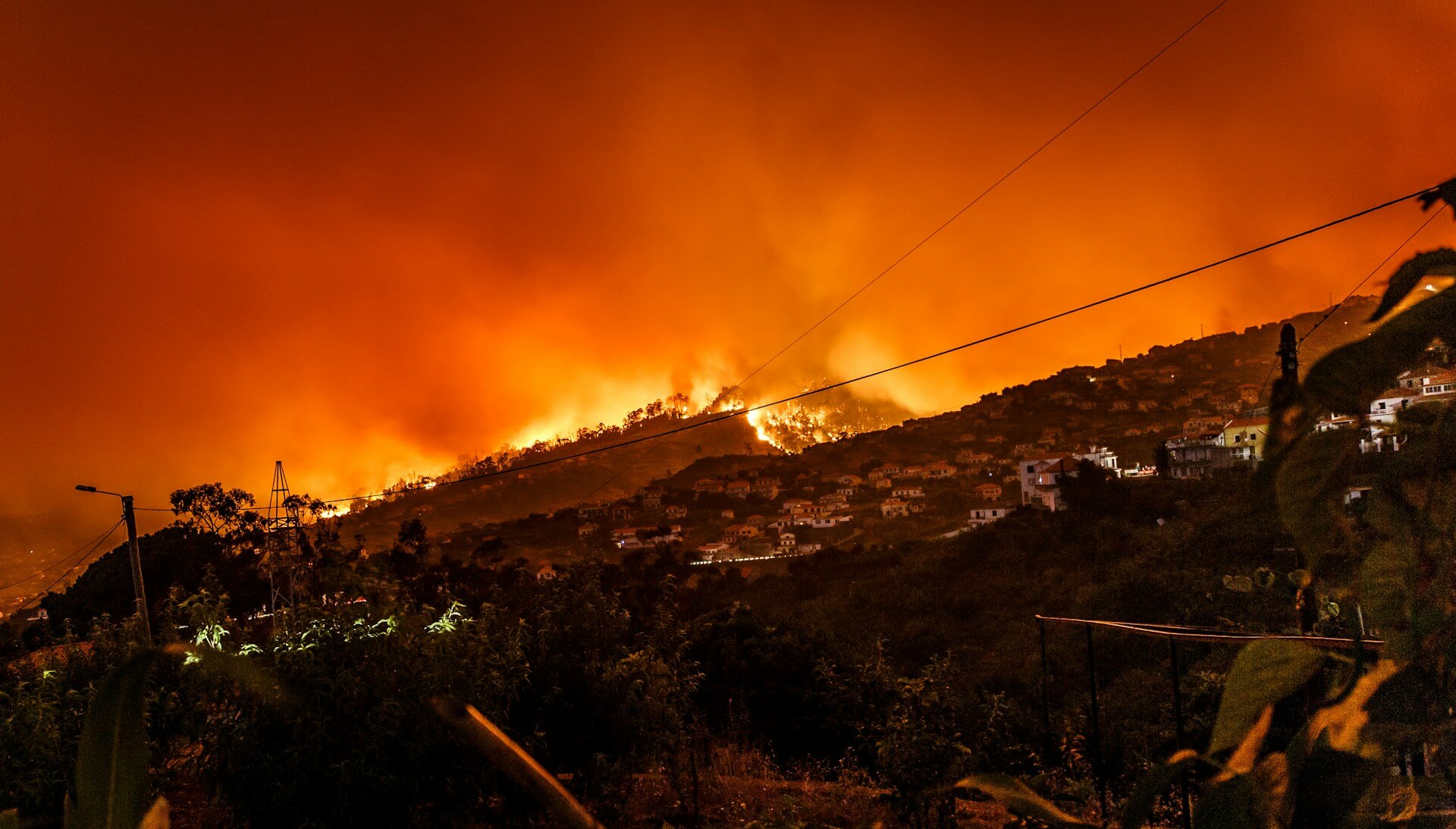The neighborhood of Copacabana in Rio de Janeiro, sometimes referred to as “the little princess of the sea,” is one of the most famous places in the world. This international destination is known for its natural landscape with beaches, a beautiful coastline, and famous bossa-nova songs portraying it as a dream-like place. However, Copacabana has recently drawn international attention to itself in a less glamorous way. In preparation for the 2019 Carnival, Rio’s government decided to deploy facial recognition cameras around the neighborhood. Without any prior dialogue with civilians, 28 cameras were installed in the neighborhood in order to “fight crime”.
Simultaneously, other Brazilian states deployed the same kind of technology. Salvador, which is located in Bahia, installed over 400 facial recognition cameras in an attempt to control violence during the 2019 Carnival. Campinas, located in São Paulo, deployed 30 smart cameras with facial recognition features as part of its Safe Cities program. In all three cases, the Chinese company Huawei was involved. Huawei’s artificial intelligence (A.I.) was used to identify and detect specific features on a person’s face such as the distance between their eyes, the shape of their nose, and other distinguishable facial characteristics in order to help the police identify troublemakers.
The 2019 Carnival was not the first time that this type of technology had been implemented in the country. Since 2011, there have been at least 47 accounts of public authorities using facial biometric data in partnership with private companies. In these cases, the technology was mainly implemented on public transportation, but also in public security, border control and education, as shown in the image below. In addition, this technology is already present in 30 cities. By using facial recognition, Brazil joins the international group of countries deploying this kind of technology, including China, England, India, Australia, Germany, Argentina and the United States.

In some of these cases, the implementation of facial recognition software was followed by public consultations and discussions between multiple stakeholders who were involved in the deployment of this new technology and its regulation. In England for instance, the mayor of London assembled an independent panel to provide in-depth discussion regarding the ethical issues surrounding the usage of facial recognition in policing contexts. In this specific situation, their final report emphasized that the overall benefits to public safety must be great enough to outweigh any potential public distrust in the technology. They also decided that the deployment must be assessed and authorized to ensure that it is both necessary and proportionate for a specific policing purpose and that operators should be trained to understand the risks associated with the use of the software.
Another example is in the U.S, specifically in San Francisco, Oklahoma City, and Sommerville, where the local government decided to ban facial recognition use by city departments, including the police. These decisions were made after a period of debates and discussions on open fora, including locations such as the Board of Supervisors and the City Council. The decisions made in these three cities converge on the recognition that this technology may rely on biased datasets with significant levels of inaccuracy, especially when considering transgender people, people of color and other marginalized populations. They also agreed on the lack of standards regarding the usage and sharing of this technology, the invasive nature of this tool, and its potential for causing the persecution of minorities.
Editor’s Picks:
The Open Amazon and its Enemies: A Call for Action and Optimism
Maya of the Past, Indians of the Present: Racism and History in Guatemala
Using Mobile Technology to Achieve the Sustainable Development Goals
In this sense, both the English and U.S. cases illustrate possible ways to deal with the implementation of this technology while still considering the principles of transparency and democratic governance. However, in Brazil, the situation is different. Much more similarly to what is happening in Germany, China, and India, where this kind of technology is being deployed in an opaque way, the implementation of facial recognition systems in Brazil is growing in an undisputed, unquestioned, and unchecked manner.
While the number of cities using facial biometric surveillance systems grows by the minute, the number of public audiences or public consultations on facial recognition has not followed the same trend. As the gap between implementation and discussion expands, problems arise and governments don’t know how to deal with possible privacy concerns, mistakes, and false positives associated with the system.
There have already been 2 cases of false positives in Rio de Janeiro. In one of these cases, the system mistook a woman for a criminal who was already in jail. This incident shows not only how this technology is susceptible to mistakes, but it also raises concerns surrounding the system’s underlying databases which seem to be outdated or inaccurate. Additionally, there is no public information regarding the police protocols related to facial recognition, where and how the data is stored, or who has access to this kind of information. This situation raises some serious questions about social and political implications of the software and unintended consequences of facial recognition use.

Nevertheless, there are some positive uses of this technology that should be mentioned. For instance, Japan has been deploying this technology to fight gambling addiction and India is using a similar device with a facial recognition feature to find missing children. There are also positive practices coming from private companies. Listerine, for instance, developed an application that detects smiles and alerts blind people when someone is showing happiness or smiling at them. Moving out from the human realm and towards the animal one, Finding Rover is deploying facial recognition to find lost pets and return them to their homes.
This article is not a manifesto against this technology because there have been some positive applications of facial recognition software. However, it is a way of conveying the possible bad and dangerous uses of the technology and the necessity of an open, transparent, and democratic debate centering upon facial recognition. Setting good practices and curbing intrusive and violating uses of this technology is the only way to deal with the current evolution of the tech industry.














